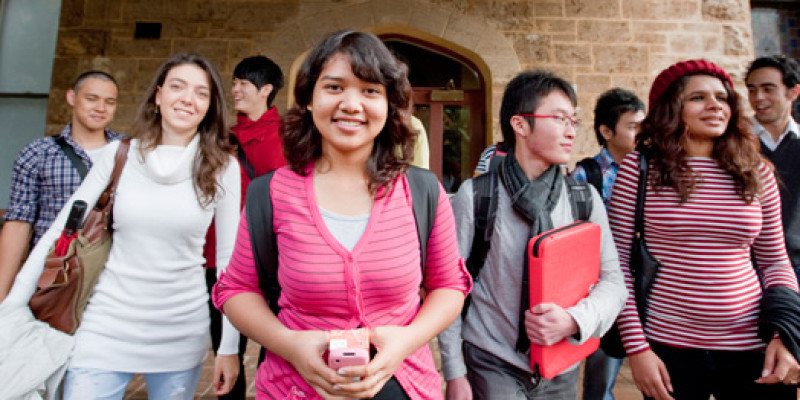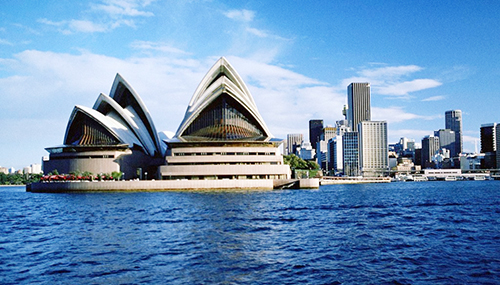
Best Abroad consultancy

University selection
Geography and climate
Australia’s landmass of 7,617,930 square kilometres (2,941,300 sq mi) is on the Indo-Australian Plate. Surrounded by the Indian and Pacific oceans, it is separated from Asia by the Arafura and Timor seas, with the Coral Sea lying off the Queensland coast, and the Tasman Sea lying between Australia and New Zealand. The world’s smallest continent and sixth largest country by total area, Australia—owing to its size and isolation—is often dubbed the “island continent”, and is sometimes considered the world’s largest island. Australia has 34,218 kilometres (21,262 mi) of coastline (excluding all offshore islands), and claims an extensive Exclusive Economic Zone of 8,148,250 square kilometres (3,146,060 sq mi). This exclusive economic zone does not include the Australian Antarctic Territory. Apart from Macquarie Island, Australia lies between latitudes 9° and 44°S, and longitudes 112° and 154°E.

Abroad Study Consultants
Economy
A deep opencut mine in which some roads can be seen, the dirt is a rusty colour The Super Pit gold mine in Kalgoorlie, Western Australia, is the nation’s largest open cut mine.
Australia is a wealthy country; it generates its income from various sources including mining-related exports, telecommunications, banking and manufacturing. It has a market economy, a relatively high GDP per capita, and a relatively low rate of poverty. In terms of average wealth, Australia ranked second in the world after Switzerland in 2013, although the nation’s poverty rate increased from 10.2% to 11.8%, from 2000/01 to 2013. It was identified by the Credit Suisse Research Institute as the nation with the highest median wealth in the world and the second-highest average wealth per adult in 2013.
Education
Five Australian universities rank in the top 50 of the QS World University Rankings, including the Australian National University (19th).
School attendance, or registration for home schooling, is compulsory throughout Australia. Education is the responsibility of the individual states and territories so the rules vary between states, but in general children are required to attend school from the age of about 5 until about 16. In some states (e.g., Western Australia, the Northern Territory and New South Wales), children aged 16–17 are required to either attend school or participate in vocational training, such as an apprenticeship.
Australia has an adult literacy rate that was estimated to be 99% in 2003. However, a 2011–12 report for the Australian Bureau of Statistics reported that Tasmania has a literacy and numeracy rate of only 50%. In the program for International Student Assessment, Australia regularly scores among the top five of thirty major developed countries (member countries of the Organisation for Economic Co-operation and Development). Catholic education accounts for the largest non-government sector.
